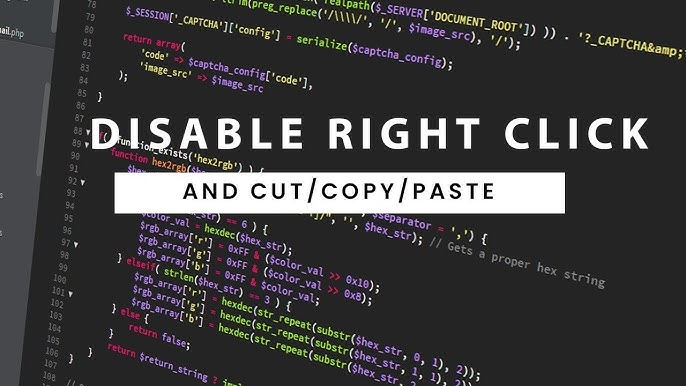In the ever-evolving world of technology, programming languages come and go. Yet, JavaScript remains the undisputed leader in web development, even in 2025. With its versatility, performance, and constant evolution, JavaScript continues to dominate the web development space, powering millions of websites and applications.
In this blog, let’s explore why JavaScript holds the crown as the king of web development in 2025.

1. JavaScript Powers the Modern Web
JavaScript is the backbone of the web, used by over 98% of all websites. It allows developers to build interactive, dynamic, and engaging user experiences.
What Makes JavaScript Essential for the Web?
- It works directly with browsers.
- Enables interactivity, such as animations, form validation, and dynamic content.
- Supports modern features like Single Page Applications (SPAs) and Progressive Web Apps (PWAs).
2. Versatility Across Platforms

JavaScript is no longer just for websites. In 2025, it powers everything from web apps to mobile apps and even server-side development.
Key Platforms That Use JavaScript:
- Frontend Development:
Frameworks like React, Angular, and Vue.js dominate the frontend space. - Backend Development:
Tools like Node.js allow developers to use JavaScript on the server side for building scalable and fast applications. - Mobile Development:
Frameworks like React Native and Ionic enable developers to create cross-platform mobile apps using JavaScript. - Desktop Applications:
Tools like Electron let developers build desktop apps like Slack and VS Code using JavaScript.
3. Continuous Evolution of JavaScript

JavaScript keeps improving with every new release. The ECMAScript (ES) updates add modern features, making coding easier and more efficient.
Key Features in JavaScript 2025:
- Optional Chaining (
?.) for cleaner code. - Nullish Coalescing Operator (
??) to handle default values. - Top-level
awaitfor simpler async code. - Improved Performance: Engines like V8 in Chrome and SpiderMonkey in Firefox make JavaScript faster than ever.
4. Rich Ecosystem of Tools and Libraries

JavaScript boasts an enormous ecosystem of tools, libraries, and frameworks that simplify development.
Popular Libraries and Frameworks in 2025:
- React.js: Still the top choice for building user interfaces.
- Vue.js: Lightweight and easy to learn, perfect for small projects.
- Next.js: The go-to framework for server-rendered React apps.
- Three.js: For creating stunning 3D graphics and animations.
With over a million packages available on npm, developers have tools for every need.
5. Seamless Integration with Other Technologies

JavaScript integrates seamlessly with APIs, databases, and other technologies, making it the first choice for building modern applications.
Examples of Integration:
- Fetching data from RESTful APIs or GraphQL.
- Real-time updates using WebSockets or Server-Sent Events (SSE).
- Connecting with databases like MongoDB, PostgreSQL, or Firebase.
6. Strong Community Support

JavaScript has one of the largest and most active developer communities. This means:
- Tons of resources for learning, including tutorials, blogs, and forums.
- Regular updates and bug fixes for tools and libraries.
- Quick answers to problems on platforms like Stack Overflow.
7. High Demand and Career Opportunities
JavaScript skills remain highly sought after in 2025. Whether you’re a beginner or an experienced developer, learning JavaScript opens up numerous career opportunities.
Why Employers Love JavaScript Developers:
- JavaScript is universal—used for frontend, backend, and full-stack roles.
- Companies building web apps, mobile apps, or e-commerce platforms need JavaScript experts.
8. Future-Proof for Emerging Trends

JavaScript adapts well to new technologies, ensuring its relevance for years to come.
JavaScript in Future Tech:
- Web 3.0: JavaScript plays a key role in blockchain and decentralized apps (dApps).
- Artificial Intelligence: JavaScript libraries like TensorFlow.js make it possible to run AI models in the browser.
Example: A Simple Interactive Feature with JavaScript

Here’s how JavaScript adds interactivity to a webpage:
<!DOCTYPE html>
<html lang="en">
<head>
<title>Interactive JavaScript Example</title>
</head>
<body>
<h1 id="greeting">Click the button to see the magic!</h1>
<button onclick="changeText()">Click Me</button>
<script>
function changeText() {
document.getElementById("greeting").textContent = "JavaScript Makes This Possible!";
}
</script>
</body>
</html>
In this example, clicking the button updates the heading—showing how JavaScript makes web pages dynamic.
Conclusion: The King of Web Development
In 2025, JavaScript continues to reign supreme because of its:
- Versatility across platforms.
- Rich ecosystem of tools.
- Continuous evolution with modern features.
- Ability to power emerging technologies.
If you’re a developer, mastering JavaScript isn’t just a choice—it’s a necessity to stay competitive in today’s web development landscape.
Meta Description
Discover why JavaScript remains the king of web development in 2025. Learn about its versatility, tools, and role in shaping modern web technologies.
Focus Keywords
JavaScript 2025, why JavaScript is popular, modern JavaScript uses, web development trends 2025, JavaScript advantages, JavaScript frameworks.

